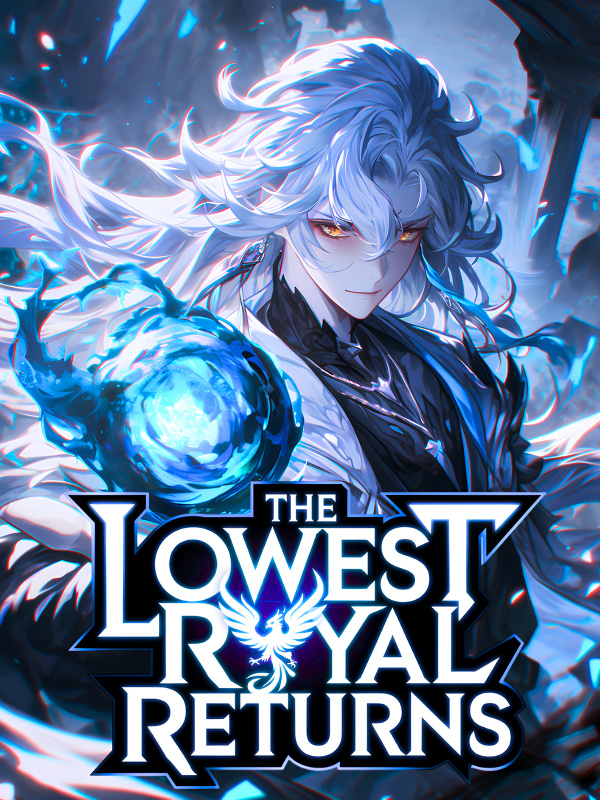©Novel Buddy
Basketball Legend: When Pride Still Matters-Chapter 1125 - 624: The Judge_2
Yao Ming couldn’t just sit still; if he wasn’t afraid of indulging himself too much and not making it to 2019, he would have even shared a Coke with Jokić.
“You’re talking to a soon-to-be 37-year-old about extra training?” Yao said, “I think you don’t want me to make it to 2019!”
The effect of extra training was very noticeable.
From the second week of the regular season, the entire Clippers team’s performance soared, especially Thompson, who finally demonstrated the prowess of a top shooter who had helped the team win two consecutive championships.
Compared to the first week, the Clippers were like a completely different team, scoring over 130 points in four consecutive games.
This dazzling scoring feast marked a tremendous start to a season destined to be recorded in history due to explosive statistics.
However, the high-scoring spectacle wasn’t unique to the Clippers.
According to ESPN reporter Zach Lowe: “The NBA is entering a crazy season of data overflow!”
In the Eastern Conference, the formidable Miami Heat had three players averaging 20 points per game; Harden of the Rockets led the scoring charts with an average of 33.4 points.
This was followed by various high-scoring performances. Durant notched the season’s first 50-point game, followed closely by Curry. James blasted a comprehensive stat line of 40 points, 15 rebounds, 15 assists. Meanwhile, Westbrook achieved triple-doubles in eight consecutive games, ultimately becoming a focal point in statistics by averaging a triple-double.
In contrast, the Clippers didn’t experience such explosive statistical outbreaks.
Due to Yu Fei being restrained, as well as the improvements of Antetokounmpo and Jokić, coupled with clear team roles and reasonable distribution of ball rights, the Clippers’ player statistics seemed particularly “normal.”
Yu Fei averaged 25 points, 7 rebounds, 6 assists; Antetokounmpo averaged 22 points, 6 rebounds, 5 assists; Thompson averaged 18 points, 3 rebounds; and Jokić had an average of 17 points, 7 rebounds, 6 assists. Yao Ming, coming off the bench, also contributed an average of 13 points, 5 rebounds, 2 blocks.
Although Yu Fei’s statistics were still the best on the team, they were his lowest since 2002.
Consider this: he averaged 19 points, 8 rebounds, and 6 assists in his rookie season, and now, except for a slight increase in points, his other statistics were actually lower than during his earlier years.
This was closely tied to the team’s structure.
Antetokounmpo and Jokić, both versatile players, inevitably influenced each other, and this impact was particularly significant for Fei.
Because Yu Fei was inclined to mentor rookies, and younger players like Antetokounmpo typically only charge ahead without considering others much.
But this situation was exactly the healthiest state for a team still in growth.
At the same time, Yu Fei could feel his aging more than anyone.
Foll𝑜w current novℯls on ƒrēewebnoѵёl.cσm.
Initially, increasing three-point attempts was merely to enhance efficiency, later he realized it was also a good way to manage his physical condition.
He would opt for three-point shots in the first half, continue if he was feeling good, or switch back to inside play in the second half if his shots weren’t falling.
Rivers was also controlling Yu Fei’s time on the court.
Heeding Yu Fei’s advice, the hard-headed coach also tried to dig deeper internally.
Take Little Curry, for instance; he didn’t have many opportunities with the Clippers, mostly playing in the Development League, but whenever he performed well, Yu Fei would suggest letting him play in the regular games.
As a result, Little Curry soon faced a significant challenge in his life.
Before Thanksgiving, the Clippers faced the Warriors away.
Rivers gave him 20 minutes on the court, but he crumbled under the pressure of the spotlight, performed poorly, and the lack of space in the exterior led to the Clippers being defeated by the Warriors Team.
“We tried to make him our Stephen Curry,” Rivers talked about Little Curry’s performance. “But he was like a wounded deer you’d find in the woods, completely lacking confidence.”
Yu Fei could only sigh that pushing Little Curry to the forefront now seemed a bit premature as the player evidently needed more seasoning in the Development League.
Then, Yao Ming, who was sitting firmly on the bench, got injured.
Perhaps the Clippers should feel fortunate because Yao Ming, though crucial, wasn’t indispensable.
During Yao’s injury, the Clippers still needed a center who could shoot threes, so they signed Justin Hamilton from free agency.
He was a big man who was good for nothing but shooting from the outside.
Ten years ago, he wouldn’t have had a chance to play in the NBA.
But now, as long as you can consistently hit threes, you will definitely get an opportunity in the NBA. Such minor decisions are propelling an unprecedented increase in the League’s volume of three-point shooting.
“Today’s NBA, in terms of roster configuration and distribution of playing time, favors shooters more than ever before.”
Steve Kerr commented on the current game trend analysis, reminding industry insiders where this modern style originated: “Thirteen years ago, when the Bucks beat the Spurs to win the championship with superior three-point shooting, we realized that a jump-shooting team could also win the championship. The first dominoes had already fallen back then, it’s just that people at the time couldn’t understand this style; they called Bucks’ gameplay ‘Carnival Basketball.’ Now, it seems like all teams are playing in a carnival-like style!”
The explosion in three-point shooting isn’t new, but after years of accumulation, its pace has accelerated more rapidly than ever before.
Since 2010, each season the NBA has broken the record for the number of three-point attempts. This season, 37% of shots came from beyond the three-point line, compared to 34.5% last season and just 30% in the 2012-13 season.






